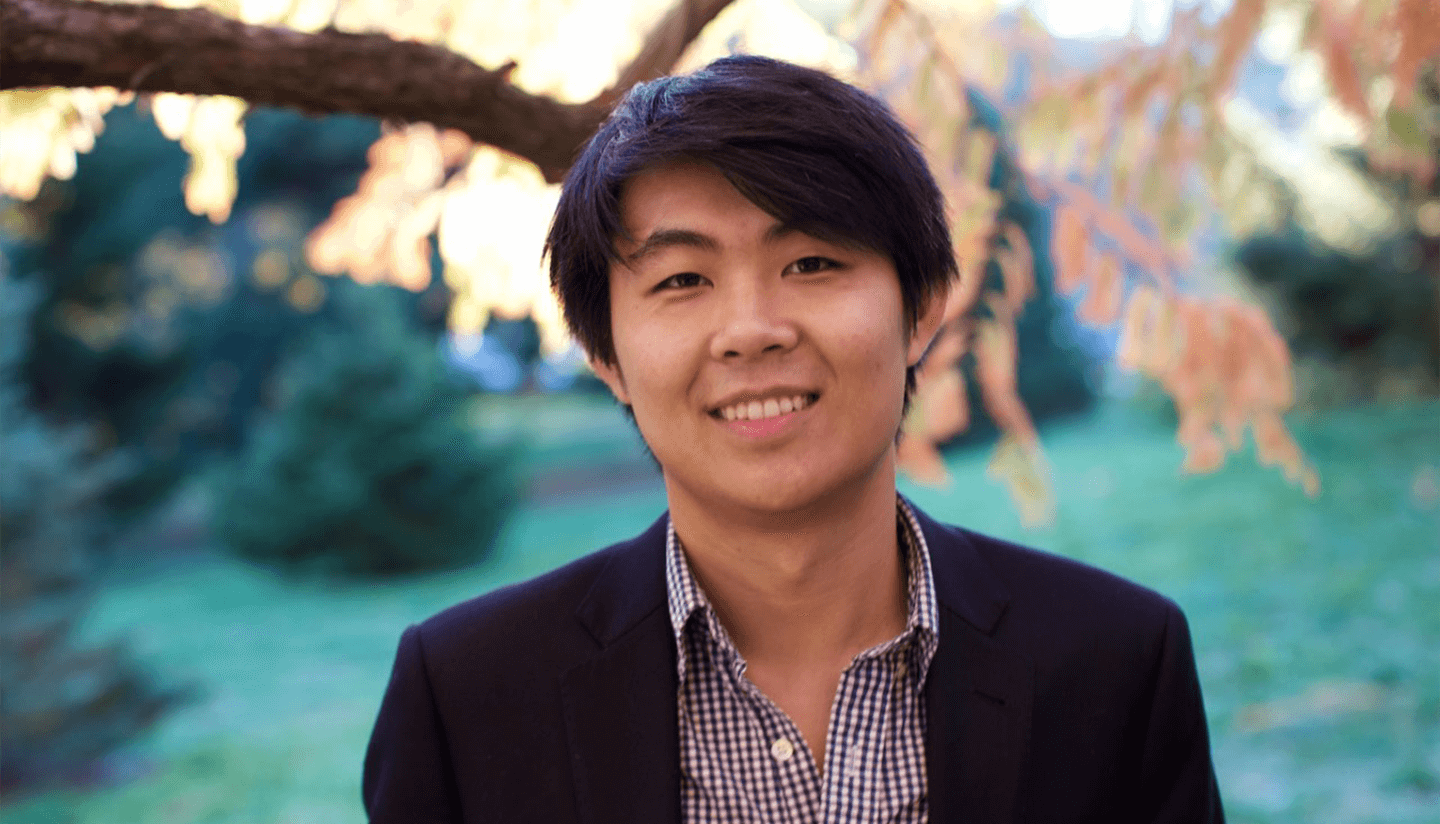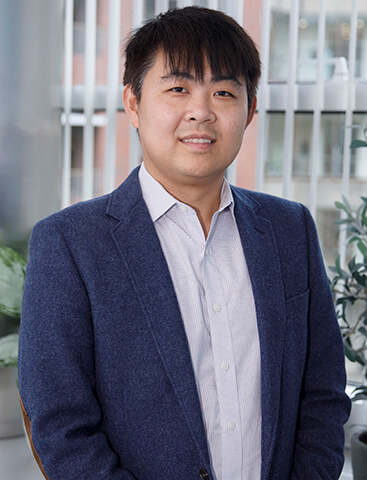
What is the high-level overview of your research?
My lab is interested in studying how tissues are built using new tools we are developing. We focus on spatial genomics, which involves looking at molecules like RNA and DNA inside cells, to understand the spatial organization of genes and their interactions within cells, tissues, and organs.
RNA is the message cells use to execute their functions. If we think of the cell as a computer, RNA is the code that the cell uses to perform its activities. By sequencing RNA, we can understand what different cell types are doing. This approach allows us to discover cell types and states in an unbiased way and understand how they interact and communicate during development in the context of their physical location. Additionally, we are interested in programming and manipulating cells to create new tissues or deliver cells into existing tissues.
Can you provide a few examples of the tools and technologies you have developed?
One example is a tool called “Slide-seq” which allows us to sequence RNA from tissues while retaining information about their spatial location. It’s a method for transferring RNA from tissue sections onto a surface covered in DNA-barcoded beads with known positions, allowing the locations of the RNA to be inferred by sequencing. This tool is particularly useful for studying tissues like brain tissues or tumors, where we can analyze the RNA and know exactly where it came from.
What drew you to this area of research?
I am an engineer by training. I did my undergraduate work in electrical engineering and my graduate work in bioengineering. I’ve always enjoyed building things and making them work; that’s the tool development side of me.
As an engineer, I have learned a lot about how to make circuits. The complexity and mystery of biological circuits fascinate me. While we can simulate and understand electrical circuits, we still have much to learn about the circuits operating in cells and tissues. It is enticing to work on unraveling these mysteries and understanding how biological systems function.
What aspects of your research are you particularly excited about now?
There are two. The first is that we are developing ways to program and manipulate cells, by understanding their RNA states and their epigenomic states, enabling us to create specific cell types for therapies or tissue engineering. This involves understanding cell regulation, designing targeted delivery systems, and engineering changes at the cellular level.
Second, we are exploring the dynamic evolution of tissues, and see the interactions between immune cells and tumor cells. Studying the interactions between different cell types and cell states within their microenvironments helps us uncover the keys to successful immune responses.
Are there upcoming papers or research findings we can expect from your group soon?
Our preprint on a revolutionary approach to spatial sequencing of cells recently came out. This approach, known as Slide-tags, involves tagging single cells, so you know where they were, and then sequencing them with standard single-cell sequencing. It will improve data quality and be easier to use. Look for the published paper in the coming months.
